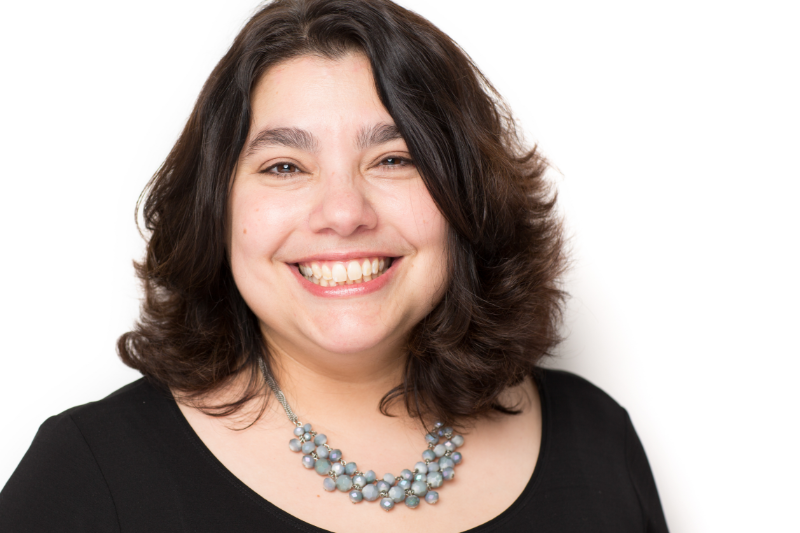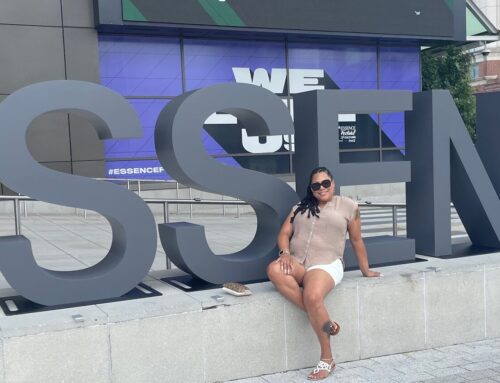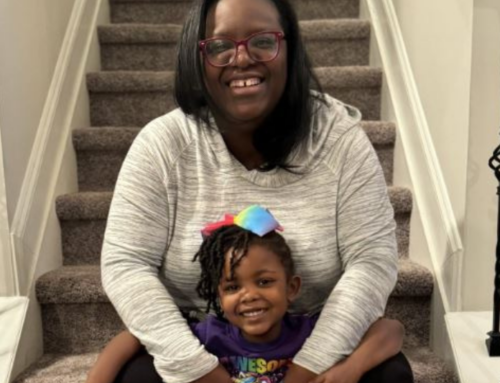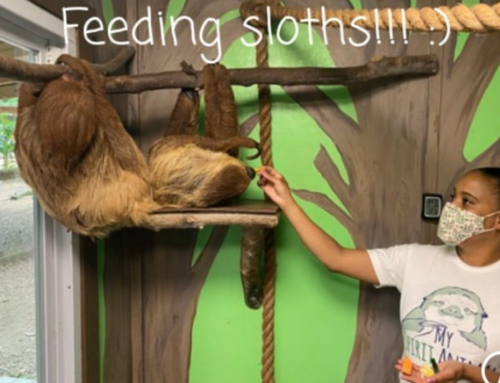Change Matrix (CM) is delighted to welcome Change Consultant Susan Ghanbarpour, DrPH, MA to the team. Susan will primarily serve as project director on the Expanding the Bench® (ETB) initiative, which focuses on increasing and supporting racially and ethnically diverse evaluators in the field of evaluation, and shifting the evaluation ecosystem toward culturally responsive and equitable evaluation (CREE). In this role, she will guide the Advancing Culturally-responsive and Equitable (ACE) Evaluation Network and the Leaders in Equitable Evaluation and Diversity (LEEAD) Program.
Equity has been a consistent thread throughout Susan’s career and one of her core values. Previously connected to ETB as part of the ACE Evaluation Network and a member of the ETB Advisory Team, she brings with her over two decades of experience in the implementation of CREE, Community-Based Participatory Research (CBPR), and personal dedication to the work. Read on to learn more about Susan’s background, how she got her start in this work, and how she will lend her expertise to other CM projects.
What drew you to CM?
That’s an easy one. At first, I joined the ACE Evaluation Network because, as a BIPOC evaluator, it seemed like a great opportunity to gain more access to projects that integrate CREE. But as I learned more about ACE, I got really excited about the field-building pieces and just getting to know more BIPOC evaluators and building relationships with them. Honestly, I don’t think I realized how isolated I was feeling as an evaluator of color and how much I craved spaces where I didn’t have to defend CREE or do “CREE 101” all the time. Then I started hearing about LEEAD, which serves as [an equity-focused evaluator] pipeline but also as a field-building project. I think that’s really important, and the mentoring aspect really appealed to me, too. When I looked at the other projects CM leads, while they vary in content, they all center equity and community at their core. I hold that as a strong value. For much of my career, I’ve been working in either CREE or CBPR frameworks, so I think my main goal is always to support communities in telling their stories in ways that feel meaningful and important to them. That’s really my goal. So when the job came up, it just seemed like the perfect fit and I was excited to get the chance to deepen my relationship with ETB and CM.
What is your role at CM?
I’m coming on board as the project director for the ETB initiative, which of course involves the ACE Evaluation Network and the LEEAD Program. I’m also going to be involved in a project still in development, working with university grantees who will be developing plans to support historically excluded researchers to pursue research topics and institutional advancement.
Why did an equity-focused role call to you?
It’s sort of like asking, “Why has equity work been such a strong thread in my life?” I don’t know that there’s any one answer. I think part of it has to do with my background. I identify as a mixed-race woman of color from the Bronx. I’m half Middle Eastern (Iranian) and half European (German and Italian), but after my parents split up when I was young, I was raised by the white side of my family in what was a pretty white Catholic neighborhood. I went to Catholic school — which my father, who was Muslim, was not thrilled about — and I very much felt an outsider there. My outsiderness was very visible. This was around the time of the Iranian hostage crisis, and it felt dangerous and shameful to reveal that part of my identity. In fact, I avoided talking about it, even though my name gave it away immediately, because there was so much hatred against us. There’s still strains of that now, with all of the repercussions of 9/11, and more recently the Muslim travel ban, which has directly impacted my family in terrible ways.
These and other threads in my personal life have given me some perspective on what it means to be an outsider, someone who’s hated or excluded, or just invisibilized. The pain and injustice of it. So I’ve always been drawn to social justice movements and working with marginalized communities, to learning about the many structural forces at work that actively oppress different communities for different reasons. I resonate with that personally, and I’m constantly reassessing my own practices to see if they’re in alignment with these values of equity and inclusion and really, belonging. I think this is also why I’ve always been such a big fan of sci-fi and speculative fiction — I have a hard time accepting the world as it is. I want it to be better, and it’s a kind of restlessness that pushes my work.
What unique skill set sets you apart from others?
I’ve been working a lot on language justice and disability justice in research and evaluation, so part of what I hope to bring is more theory and practice around that to infuse that into the way that people think about CREE. From my background in the gender-based violence field working with culturally specific communities, I bring a lens around gender and racial equity, and how that intersects with other identities, such as immigration and refugee experiences. I’m also really interested in the research justice framework. I want us to be constantly re-examining how mainstream evaluation & research has harmed communities, and what we need to do to shift to community-led approaches. There’s also just my own values of fun and joy and [asking the question], “How do we create social justice movements that are resilient and joyful and inclusive?”
Which project or assignment are you most excited about?
At this moment I have such a deep passion for ETB, I’ve just dived into the possibility and potential of this incredible field-building project. And the connections I’m building with and among BIPOC evaluators is an unbelievable privilege. That’s like a dream come true. I would say for my other projects, I’m excited about seeing what equity looks like in real life for different communities and how those communities, themselves, want to define and live that. Equity is such an intangible concept, I really love seeing how we can embed it in processes and outcomes in concrete, community-driven ways.




